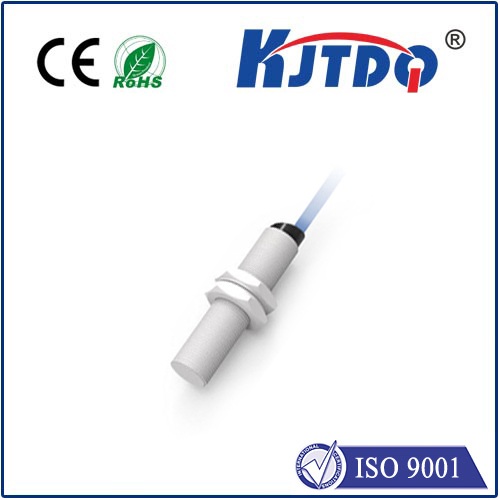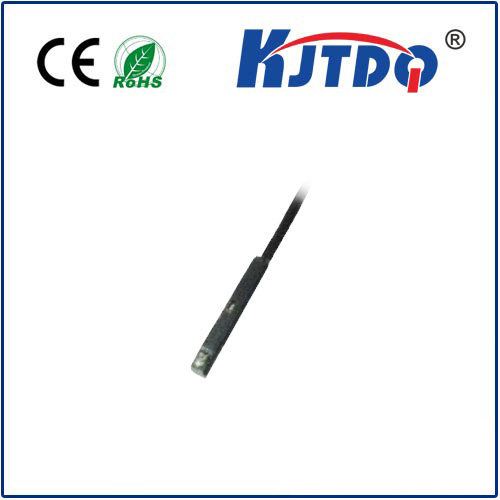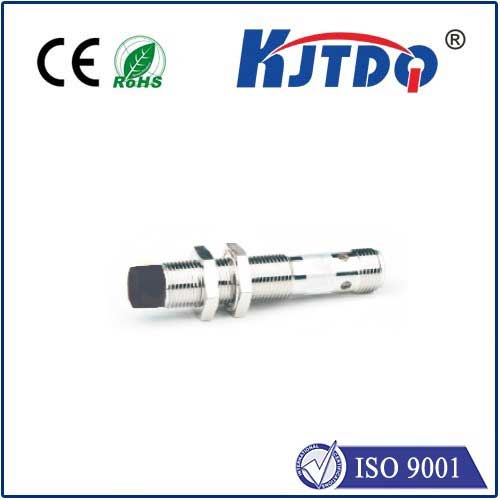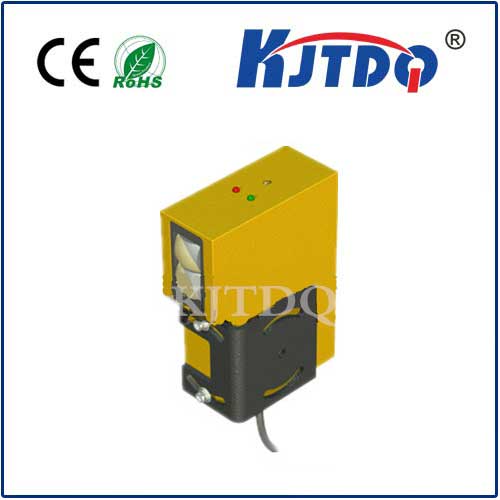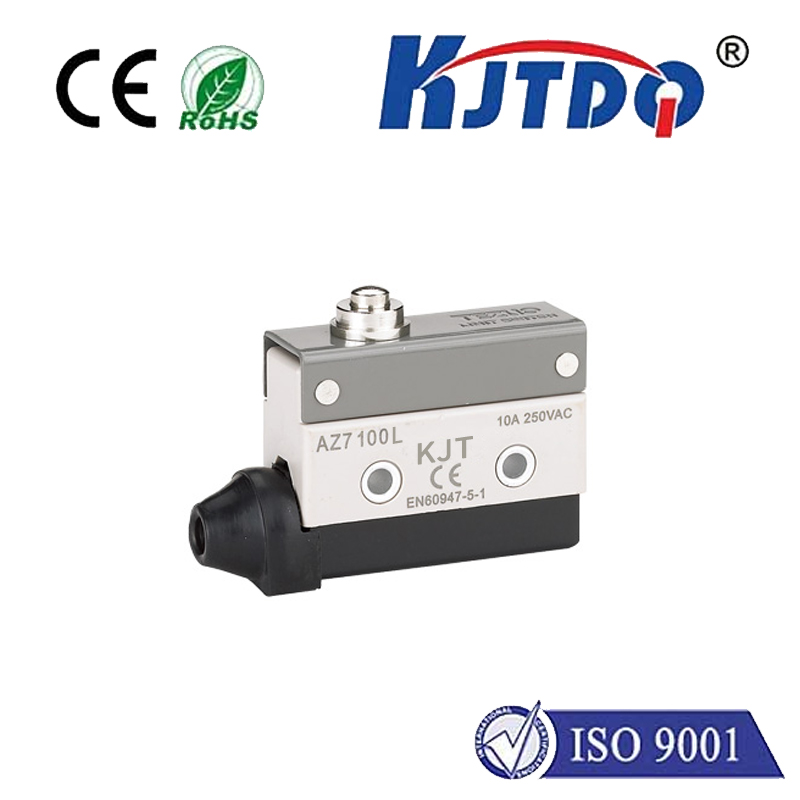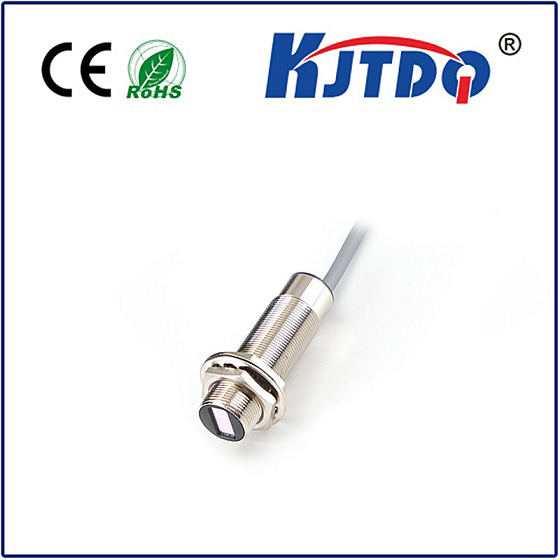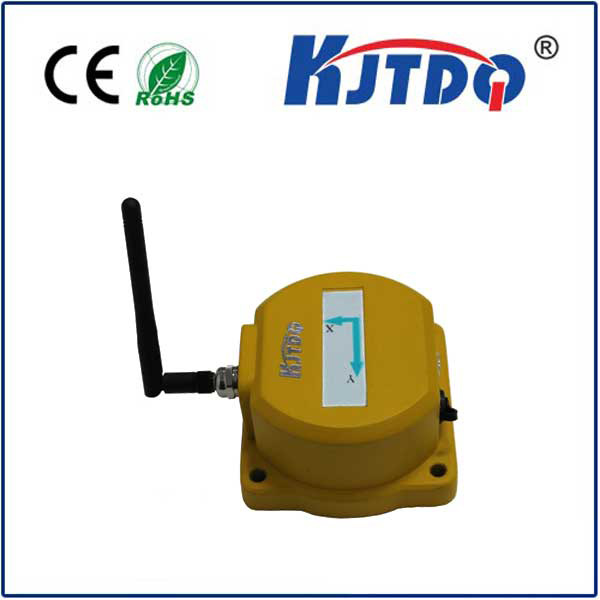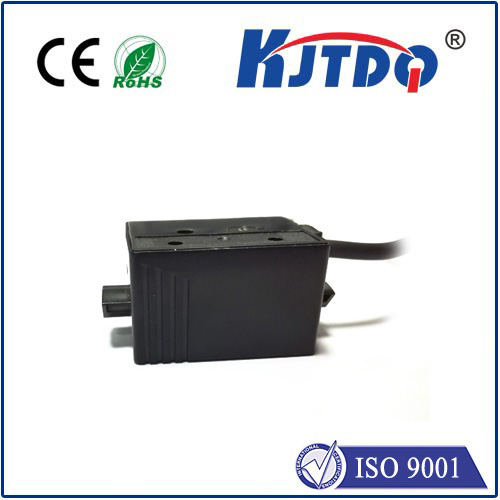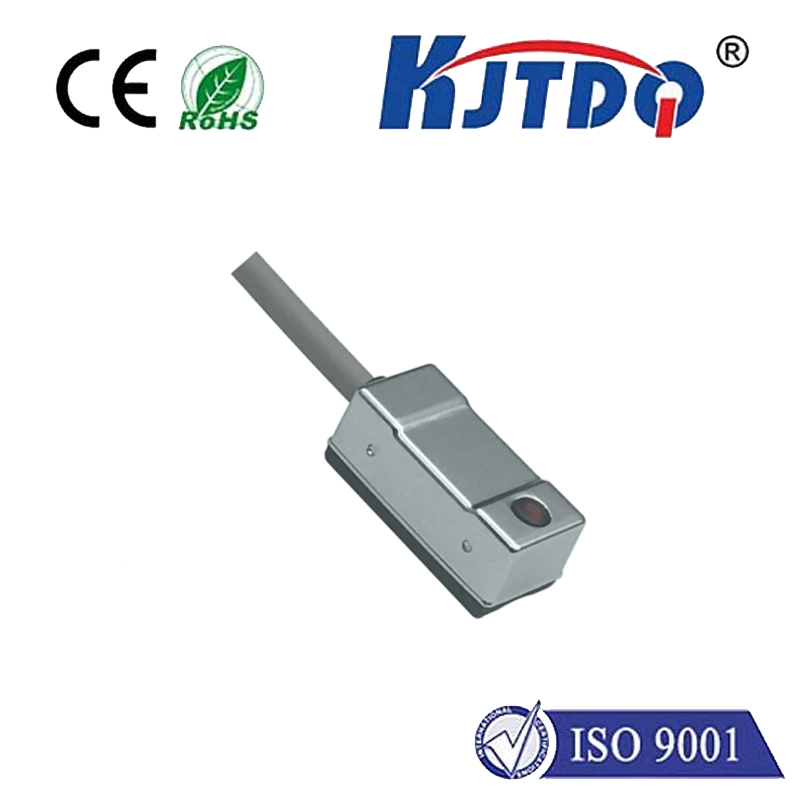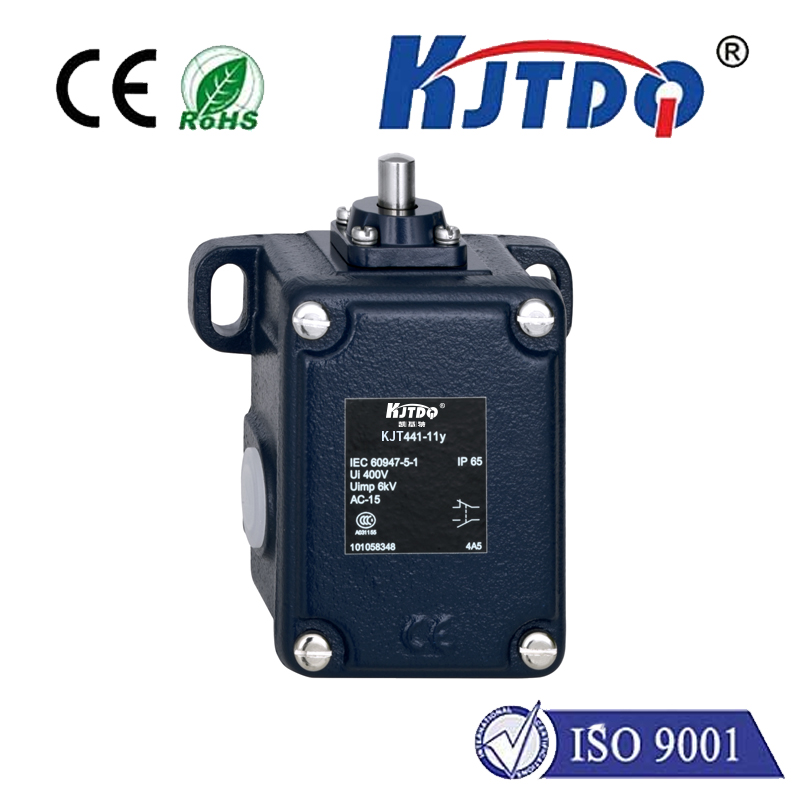
check

check

check

check
Title: The Importance of Oil-Tight Limit Switches in Industrial Automation
In industrial automation, ensuring the safe and efficient operation of machinery is of utmost importance. One critical component that plays a significant role in achieving this goal is the oil-tight limit switch. This article will explore the significance of oil-tight limit switches and their role in safeguarding industrial facilities from potential hazards.
Introduction to Oil-Tight Limit Switches
A oil-tight limit switch is a type of switch used in mechanical systems to detect the movement of a machine's piston or other movable components. It is designed to operate in environments where high levels of oil or fluid can present a risk to its performance. The switch consists of two contacts: one for the moving part and another for the stationary part. When the moving part comes into contact with the stationary part, it creates an electrical signal that can be detected by a control system.
The Importance of Oil-Tight Limit Switches in Industrial Automation
1. Ensuring Safety: Oil-tight limit switches are essential for preventing accidents caused by malfunctioning machinery. In some cases, a poorly functioning limit switch can cause a machine to overheat, leading to catastrophic consequences such as fires or explosions. By monitoring the movement of the piston or other movable components, these switches help prevent such incidents and ensure the safety of workers and surrounding areas.
2. Improving Efficiency: Oil-tight limit switches help optimize the performance of industrial systems by providing real-time feedback on the movement of machines. This information can be used to adjust the control system's settings, allowing for better efficiency and productivity. By detecting and addressing issues early on, operators can avoid costly downtime and maintain optimal system performance.
3. Minimizing Maintenance Costs: Regular maintenance is crucial for keeping industrial machines running smoothly. Oil-tight limit switches help reduce the frequency and complexity of maintenance tasks by providing timely alerts when there are problems with the system. By identifying potential issues before they become significant problems, operators can save time and money on maintenance repairs.
4. Enhancing Reliability: Oil-tight limit switches are designed to withstand harsh environmental conditions, including high levels of oil or fluid. This makes them ideal for use in applications where traditional switches may fail due to contamination or wear and tear. By selecting oil-tight limit switches, manufacturers can ensure their equipment's long-term reliability and minimize downtime due to component failures.
Conclusion
In conclusion, oil-tight limit switches play a crucial role in ensuring the safe and efficient operation of industrial automation systems. Their ability to detect motion, provide real-time feedback, and minimize maintenance costs make them an essential part of any modern industrial facility. As technology continues to advance, it is expected that oil-tight limit switches will become even more prevalent in various industries, helping to improve overall safety and productivity.
